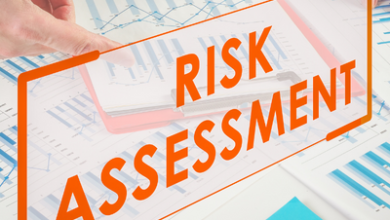Social Security Disability Benefits for Mental Health Conditions

Mental health conditions can be as debilitating as physical illnesses, impacting every aspect of life. If you’re struggling with a mental health condition that prevents you from working, you might qualify for Social Security Disability benefits. This guide aims to help you understand the process, eligibility criteria, and tips for a successful application.
Understanding Social Security Disability Benefits
Social Security Disability Insurance (SSDI) provides financial assistance to individuals who can’t work due to severe health conditions. While many people associate SSDI with physical disabilities, mental health conditions are equally recognized.
What Qualifies as a Mental Health Condition?
A variety of mental health conditions can qualify for SSDI, including:
- Depression
- Anxiety disorders
- Bipolar disorder
- Schizophrenia
- Post-traumatic stress disorder (PTSD)
- Obsessive-compulsive disorder (OCD)
Each condition has specific criteria that must be met to be considered disabling.
Why Mental Health Conditions Are Recognized
Mental health conditions can severely limit a person’s ability to perform daily activities. From difficulty concentrating to inability to interact with others, these limitations can make it impossible to maintain employment, thus qualifying for benefits.
Read also: Convenience and Security In FinTech with Biometric User Authentication
How to Determine Eligibility
Determining eligibility for SSDI involves multiple steps and criteria. Understanding these can increase your chances of approval.
Medical Evidence
First and foremost, medical evidence is crucial. This includes:
- Physician diagnosis
- Treatment records
- Hospitalization details
- Therapy notes
The more comprehensive your medical documentation, the better.
Work History
Your work history also plays a role. SSDI requires that you’ve worked and paid Social Security taxes for a certain period. Generally, you need to have worked five out of the last ten years before your disability.
Severity of Condition
The Social Security Administration (SSA) evaluates the severity of your condition. They use a five-step process to determine if your condition is severe enough to prevent you from engaging in substantial gainful activity (SGA).
The Application Process
Applying for SSDI can be daunting, but knowing the steps can make it manageable.
Initial Application
Your initial application can be submitted online, by phone, or in person. You’ll need:
- Personal identification
- Employment history
- Medical records
- Physician statements
Accuracy and thoroughness are crucial here.
Disability Determination Services (DDS)
Once submitted, your application is reviewed by the Disability Determination Services (DDS). They may request additional information or schedule a consultative examination if needed.
Waiting Period
After submission, there’s generally a 3-5 month waiting period for a decision. This can vary based on the complexity of your case and the completeness of your application.
Common Challenges and How to Overcome Them
Initial Denial
Many initial applications are denied. Don’t be discouraged; you have the right to appeal. Understanding the common reasons for denial can help in refining your application.
Importance of Legal Representation
Hiring an attorney specializing in SSDI can greatly increase your chances of approval. They understand the intricacies of the system and can guide you through the appeals process if necessary.
Maintaining Documentation
Keep all your records up to date. Regularly visit your healthcare providers and ensure they document your condition and its impact on your life accurately.
Benefits Beyond Financial Support
While financial support is critical, SSDI offers other benefits that can improve your quality of life.
Medicare and Medicaid
Upon approval, you may qualify for Medicare or Medicaid. These programs provide access to essential healthcare services.
Vocational Rehabilitation
SSDI beneficiaries may also be eligible for vocational rehabilitation programs to help them return to work if their condition improves.
Community Resources
Various community resources are available to support individuals with disabilities, from counseling services to support groups.
Conclusion
Navigating Social Security Disability benefits for mental health conditions can be challenging, but understanding the process and criteria can make it more manageable. From gathering comprehensive medical evidence to understanding the application process, each step is crucial for a successful application. Remember, you’re not alone; resources and support systems are available to help you through this process. Start by evaluating your eligibility and gathering your documentation, and don’t hesitate to seek legal advice to strengthen your application. Your path to financial stability and improved quality of life begins with taking that first step.



